Introduction
The only true wisdom is in knowing you know nothing. — Socrates
In the world of science, where discoveries light up the dark corners of the unknown, Socrates' ancient wisdom resonates even louder. Right now, as we stand on the brink of redefining life itself, his words usher us into a surreal frontier: the crossroads of mind uploading and genetic engineering. Imagine your consciousness not being tethered to your physical body, but living on in a digital universe, with a body crafted from the marvels of genetics—a complex mosaic built to order. Could it be the secret doorway to immortality, or a Pandora’s box waiting to be unleashed? This unfolding saga is not just an exercise in technology but a daring interrogation of what it means to exist. How will humanity grapple with the intertwining of digital life and natural biology? Let's step together into this mind-boggling future where the metaphysical meets the physical, and digital souls could soon have a place in our living, breathing world.
The Science of Mind Uploading
The concept of mind uploading has long tickled the imagination of writers and scientists alike, from the speculative musings of Arthur C. Clarke to the futuristic visions of Ray Kurzweil. It presents a tantalizing blend of hope and mystery, hinting at a future where our minds could escape the decay of organic matter and thrive eternally in the digital ether. Yet, what drives this cosmic leap from neurons to binary code? Let's unravel it.
The historical context of mind uploading is as rich as a pie fresh out of the oven. Philosophical musings about the nature of consciousness and its potential separability from the body have been part of our intellectual diet since Plato postulated about the soul's immortality. Fast forward to modern times, and you'll find researchers like Nick Bostrom exploring the simulated universe theory and Michio Kaku predicting the imminent rise of this very technology. These concepts, though ambitious, have been the nurturing ground for contemporary scientific endeavor.
The cutting-edge technologies attempting to turn this dream into a lived reality include neural mapping, accurate simulations, and cutting-edge data transfer capabilities. Neural mapping, akin to a high-tech treasure map, allows scientists to trace the intricate pathways of the brain. Tech giants like Google have been investing in brain-machine interfaces that can potentially facilitate these cognitive cartographies. But we’re not done yet; simulations, powered by supercomputers, aim to recreate the complexity of human thought in a safe, digital playground.
Yet, this tapestry of possibilities comes with its own set of challenges. The ethical concerns surrounding mind uploading pile up like an unwieldy stack of Jenga pieces. Is it ethical to create a digital replica of someone’s consciousness? Where do the boundaries of identity end, and cloning begin? Moreover, the technical barriers are not to be underestimated. Current scientific limitations remind us that you can't have your cake and eat it too—we need more breakthroughs in neuroscience and computer science.
Looking towards the future, advancements will require a collective willpower and multi-disciplinary approach. Imagine if minds like Elon Musk and his Neuralink collaborated with IBM's AI ecosystems and universities like Stanford, known for their pioneering work in neuroscience, racing together down this unknown trail. Bridging the gap from fiction to fact will require relentless innovation and perhaps a touch of magic, as we ponder the ultimate knowledge of self.
Genetics and Organic Reconstruction
The smooth transition from human consciousness into an organic vessel is less Frankenstein's monster and more a Genetically Engineered Symphony, thanks to advances in genetic engineering. At the heart of this orchestration lies CRISPR, a tool often likened to molecular scissors. This revolutionary innovation allows scientists to edit genes with precision that would put even the snazziest laser cutters to shame.
Reconstructing an organic host isn't like assembling Ikea furniture (thankfully!). Instead, we delve into the realm of organoids and cloning. By recreating miniature versions of organs in a petri dish and programming these genetic building blocks, researchers are laying the foundation for viable, host-ready bodies.
Ethically, it's a minefield. The prospect of designer bodies raises questions that could keep philosophers talking for eons. Should we allow bespoke genetic tailoring, granting souls the funkiness of David Bowie with the resilience of a game show winner? Or do we abide by the ethics of natural selection? The answers are as elusive as a wisp of smoke in the wind. With great power comes great responsibility—and a significant need for a moral compass.
Take the case of some extraordinary experiments pushing boundaries. Laboratories around the world, such as those at Harvard University and Stanford University, are leading cutting-edge research. From generating functional kidneys in labs to genetic tweaks in embryos that could illuminate underlying mysteries of human biology, the scientific community is dashing forward at a breakneck speed.
The Interplay of Digital Consciousness and Organic Existence
Think of transitioning from digital to organic like stepping off a moving walkway at an airport—you regain your footing, but the experience is a touch disorienting. Similarly, digital consciousness adapting to organic life might face unexpected psychological upheavals. You remember donuts, but your new taste buds firmly vote for kale.
But wait—who are you when you upload your mind? This enigma of identity and continuity isn't just something for your neighborhood coffee shop philosopher to ponder over a latte. It's a profound query. In this new realm, the notion of 'self' morphs alongside your new vessel. Ergo, if you were a dog person in your digital life, you might just become a cat person as a result!
The philosophical musings deepen: Are digital versions of you truly 'you'? When uploading your mind, your memories and consciousness are replicated, creating what some might call an uncanny digital doppelgänger. It's like cloning yourself in a video game—do you play the same way, or do you pick a side quest this time?
And how does society respond to digital souls mingling among us, ordering lattes and perusing bookstores? Society's acceptance hinges on the fusion of tradition and innovation. While some may bask in nostalgia for "when men were digitally offline," others will embrace hybrid existence to its fullest, dreamily babbling about CPU weather patterns at cocktail events.
Legal and Ethical Considerations
As we venture into the realm of merging digital minds with organic vessels, we find ourselves grappling with a labyrinth of legal and ethical conundrums. This intersection of technology and morality prompts us to ask, "Who owns your digital mind?" and "How do we navigate the ethics of creating life?" In our quest to create harmonious coexistence between humans and their digital counterparts, these crucial questions must be addressed.
Intellectual Property: Rights Over Digital Consciousness
The prospect of owning or having rights over a digital consciousness leads us to challenging debates. If your mind is uploaded, does it become intellectual property? And if so, who owns these rights? The digital domain is already fraught with issues of copyright and intellectual property, as highlighted by organizations like WIPO, that frequently deals with technology and creativity. Mind uploading could make these issues even more tangled.
Consent and Identity: Implications of Uploading Lives
Uploading one’s consciousness requires explicit consent, but what about post-upload? Consent must be continuous and adaptable to the evolving identity of the person, or entity, post-upload. Could a digital version of you revoke consent? Identity crises may well translate into a legal minefield as well.
- Deciding to upload must involve informed consent.
- Legal guidelines are required for post-upload alteration in identity and consent.
The Morality of Genetic Engineering: Boundaries and Responsibility
Genetic engineering raises age-old ethical questions with new urgency. As the CRISPR and similar technologies unlock greater possibilities, society must impose boundaries to avoid a dystopian descent into inequality and designer bodies. The moral compass guiding genetic alterations must be maintained to ensure accountability and responsibility, especially when crafting bodies for digital minds.
Regulation and Oversight: What Should Be Governed?
The development and application of these technologies require robust regulatory frameworks and oversight. Could we see formations similar to Harvard's Ethics Center stepping in to create structures that guide this transformative journey? It's likely that such institutions would tackle these frameworks, focusing on regulating:
- Areas of application for mind uploading.
- Barriers for genetic alterations.
- Legal rights of digital beings.
Societal Implications of Hybrid Existence
Imagine a world where consciousness flows between silicon chips and carbon skins, where digital minds explore organic terrains. This thrilling evolution carries with it widespread societal ripples, potentially reshaping the very fabric of our existence. It's vital to grasp the shifts that shadow this hybridization.
Economic Aspects: New Markets for Digital Bodies
As digital bodies become more feasible, we witness the birth of new markets. Companies like Intel and NVIDIA at the forefront of computing hardware could lead the charge in crafting tailored environments for hybrid existence. This shift could spark booming industries surrounding the creation, maintenance, and customization of digital bodies.
| Industry | Projections |
|---|---|
| Digital Body Development | $1 Billion by 2030 |
| Biotech and Genetics | $3 Billion by 2040 |
| AI Ethical Consultancies | $500 Million by 2025 |
Cultural Shifts: How Art and Literature Reflect Change
In this transformative era, science fiction might well become reality. Celebrated works, akin to those of Philip K. Dick and films like The Matrix, would no longer be mere imagination but cultural milestones that capture collective consciousness, guiding societal expectations on mind uploading and existence.
Potential for Inequality: Access to Technology and Genetic Services
Yet with great promise comes the specter of inequality. Access to mind uploading or genetic enhancement presents the potential of a divided society, reminiscent of class struggles depicted in classics like Brave New World. The challenge lies in ensuring these innovations become inclusive and equitable.
- Technological access must be democratized.
- Inclusive policies should govern genetic services.
Future Societies: Envisioning the World of Digital Entities
A world with digital entities suggests new community definitions, with unique roles and contributions. How will they influence culture, politics, or even emotion? Will digital entities, akin to the Internet, become indispensable to our collective evolution? These are no longer questions for dreamers but challenges and opportunities for planners and policy makers.
AI Solutions: Paving the Way for Digital Consciousness
If AI were to step into this intriguing landscape of mind uploading and genetic engineering, how would it tackle the myriad challenges that lie ahead? Imagine AI as a creative maestro, orchestrating collaboration among fields that rarely intersect: technology, ethics, psychology, and even art. With natural language processing (NLP) at its fingertips, AI could transform conversations about consciousness into enriching dialogues. After all, understanding societal fears and hopes can provide valuable insights as we navigate this brave new world.
The potential of AI goes beyond simple analysis. Through the power of deep learning, it could analyze vast volumes of literature on consciousness to synthesize ethical frameworks that balance innovation and morality. Think about it: if researchers could tap into existing personalities and understand what constitutes the 'self', the complexities of digitized consciousness could be more transparent and manageable. But the journey doesn't stop there; AI might even simulate interactions between digital consciousness and organic bodies. This modeling could help anticipate the psychological impacts of mind uploading before anyone takes that monumental leap.
Let’s sketch out a roadmap for AI's involvement in this field, echoing the meticulous planning that characterized historical endeavors such as the Manhattan Project.
Actions Schedule/Roadmap (Day 1 to Year 2)
Day 1: Form a multi-disciplinary team of leading experts, including AI developers, genetic engineers, neuroscientists, ethicists, and philosophers. Key institutions may include Stanford University, MIT, and the Johns Hopkins School of Medicine.
Day 2: Conduct an initial brainstorming session to establish goals, desired outcomes, and ethical boundaries for the AI integration project.
Day 3: Inventory existing AI technologies that can facilitate conversations about consciousness; assess technology feasibility to engage with digital consciousness.
Week 1: Create a detailed research proposal outlining objectives, methodologies, and desired outcomes and solicit feedback from academic peer networks.
Week 2: Initiate public dialogue through community workshops and online forums, engaging diverse stakeholders to discuss ethical concerns and hopes surrounding digital consciousness.
Week 3: Analyze the results of public engagement and refine the project plan accordingly. Pursue funding from private investors, public grants, and crowdsourcing platforms.
Month 1: Launch exploratory studies driven by AI simulations to model consciousness transfer requirements, drawing from previous studies in neuroscience.
Month 2: Establish partnerships with research institutions and biotech companies such as Celgene and Editas Medicine.
Month 3: Begin pilot projects focused on organoid development as potential vessels for consciousness. Publish initial findings to engage the scientific community and spark further inquiry.
Year 1: Expand research to include larger trials, potentially designing prototype biological models specifically for digital minds.
Year 1.5: Compile and examine data on psychological effects associated with mind uploading. Propose a public ethics review to holistically assess societal impacts.
Year 2: Test regulatory frameworks for incorporating digitally uploaded minds into society, including trial protocols to manage identity and rights of digital entities.
This roadmap emphasizes a dynamic, inclusive approach, merging various perspectives to better understand and navigate the complex terrain of digital consciousness, all while ensuring societal concerns are at the forefront of the conversation.
Conclusion: Embracing the Future of Consciousness
As we delve into the confluence of mind uploading and genetic engineering, we're confronted with profound implications: the redefinition of consciousness, identity, and human existence. These groundbreaking technologies stand at the precipice of a revolution that could forever alter our understanding of life and death. However, as we venture into this unchartered territory, we must remain grounded. Each leap into the future carries with it the weight of responsibility, urging us to consider not only what is possible but also what is ethical.
Every technological advancement beckons us to reflect on our essence as human beings. Will we embrace this digital evolution with open hearts, ensuring we do not lose sight of what it means to be alive? The possibilities for this hybrid existence can be thrilling, yet they call for respectful stewardship. The decisions we make today will echo through generations, creating a legato between human consciousness and the vast landscape of technology.
In our pursuit of innovation, let us engage in dialogue, challenge our assumptions, and collaborate openly across disciplines. The future is not predetermined; it is ours to shape. So, what do you think? Are we prepared for the responsibility that comes with crafting new bodies for digital souls? What ethical dilemmas do you foresee as we navigate this transformative journey? Share your thoughts in the comments below; your voice matters in this unfolding narrative!
FAQ
-
What is mind uploading?
Mind uploading is a theoretical process where a person's thoughts, memories, and personality can be moved from their brain to a computer or digital environment. It's like taking a photo of your mind and putting it in a computer! The idea is that this would allow people to continue existing in a digital form even if their biological body can no longer function properly.
-
What role does genetics play in creating bodies for digital consciousness?
Genetics plays a crucial part in this process. Scientists can use tools like CRISPR to edit genes and create new biological bodies. These bodies could be designed to match the preferences or needs of the person whose mind is uploaded. Think of it as building a customized avatar that feels just right!
-
What are the ethical implications of mind uploading and genetic engineering?
There are many ethical questions about these technologies. Some big ones include:
- **Identity**: If your mind is uploaded, are you still the same person?
- **Creating Life**: Is it okay to create new forms of life using genetic engineering?
- **Access**: Will everyone be able to use these technologies, or only the rich?
These questions challenge us to think deeply about what it means to be human and the responsibilities that come with using technology.
-
How could AI contribute to the development of this technology?
Artificial Intelligence (AI) can help make mind uploading and genetic engineering safer and more effective. For example, AI can:
- Simulate how a digital mind would interact with a new body.
- Help create ethical guidelines, ensuring we act responsibly.
- Engage the public to hear their thoughts and worries about these technologies.
Basically, AI is like a smart friend that helps everyone work together to explore these groundbreaking ideas.
-
What is the timeline for achieving successful mind uploading and generating organic bodies?
The timeline for these technologies is still uncertain. Some experts think we might see progress in the next few decades, while others are more skeptical. Here’s a rough timeline of what needs to happen:
- Short term (5-10 years): Continued research in neuroscience and genetics.
- Mid term (10-20 years): First experiments with simple forms of mind uploading.
- Long term (20+ years): More advanced techniques that could lead to successful transfers of complex human minds.
This is a complex journey filled with challenges and discoveries!
Wait! There's more...check out our gripping short story that continues the journey: The Last Canvas
Disclaimer: This article may contain affiliate links. If you click on these links and make a purchase, we may receive a commission at no additional cost to you. Our recommendations and reviews are always independent and objective, aiming to provide you with the best information and resources.
Get Exclusive Stories, Photos, Art & Offers - Subscribe Today!
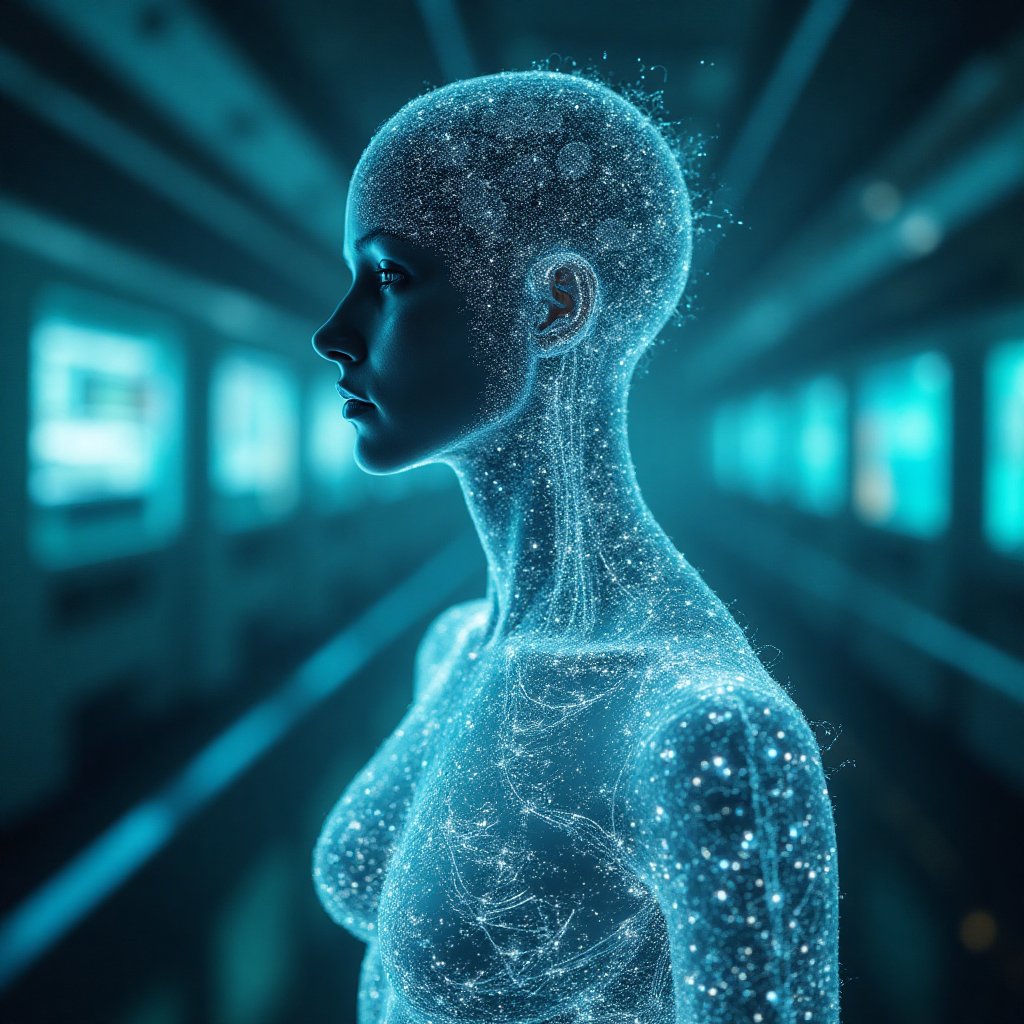
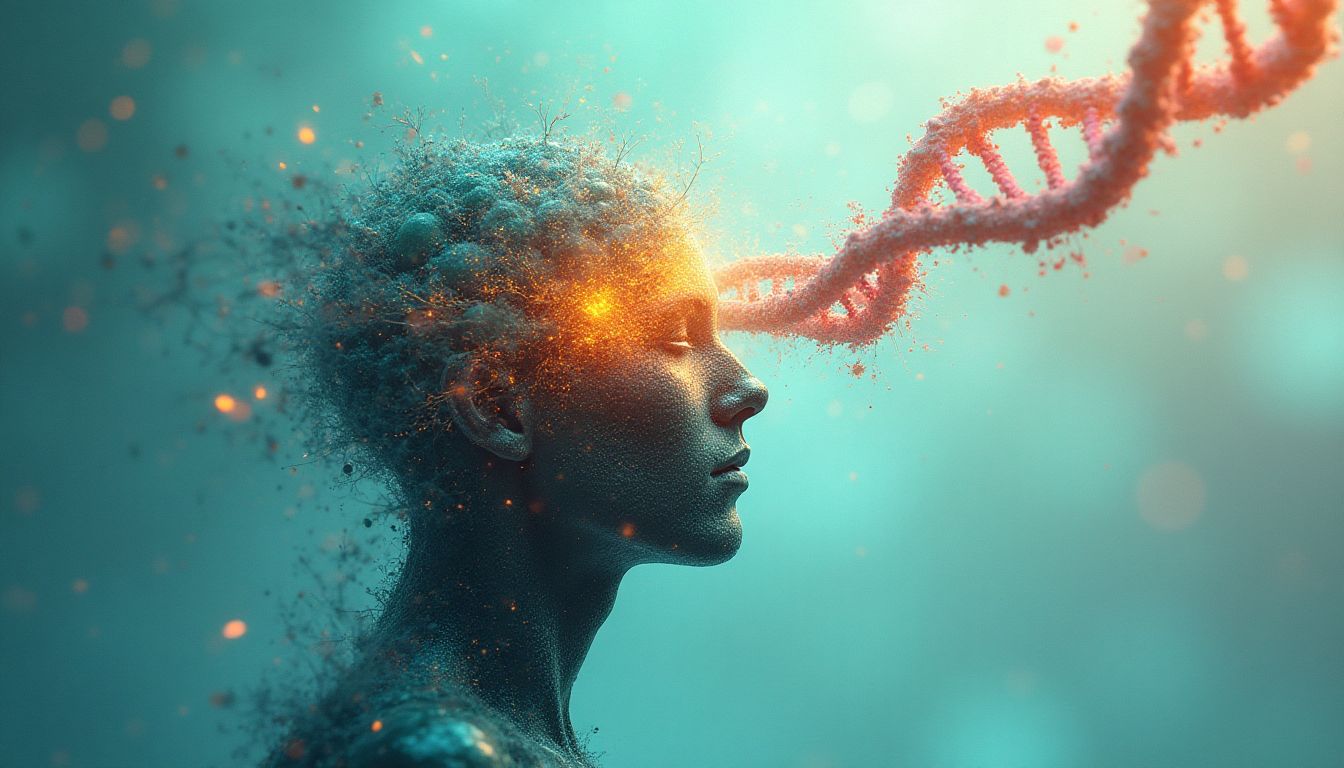
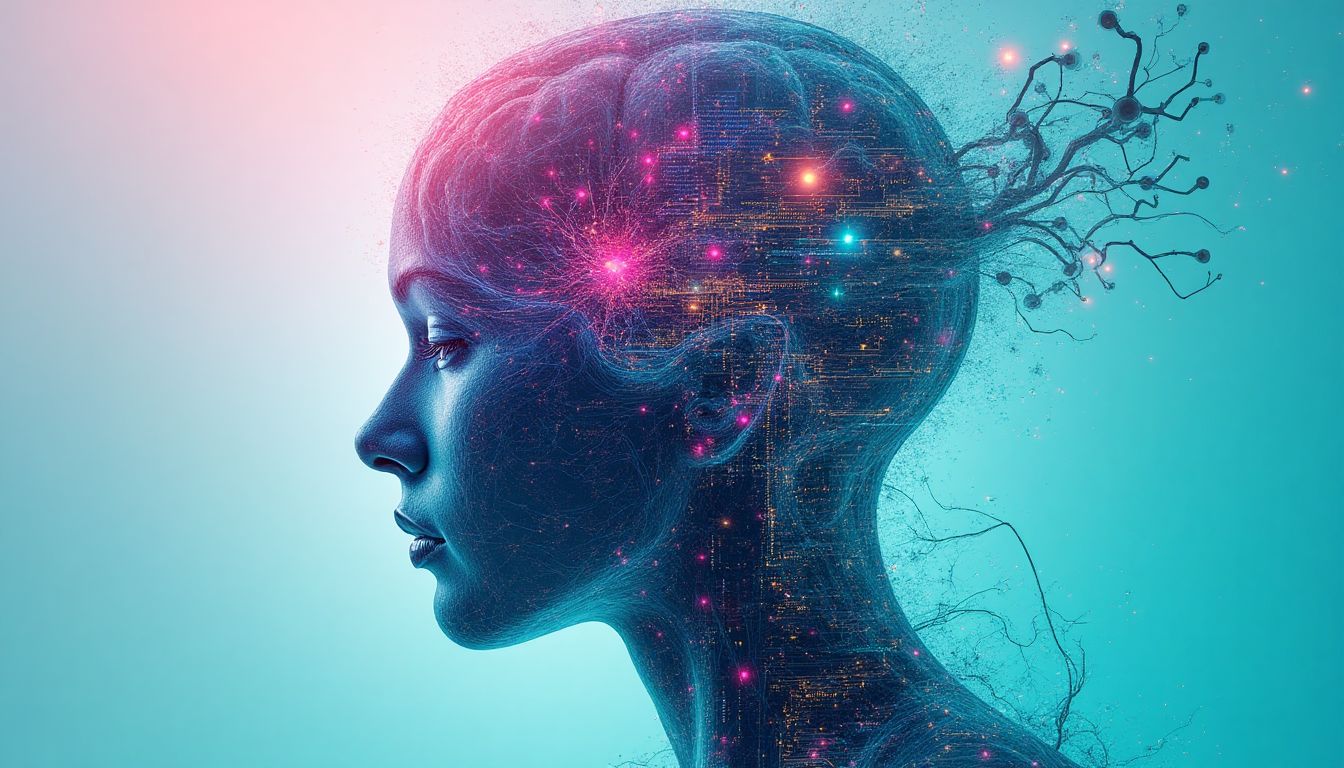
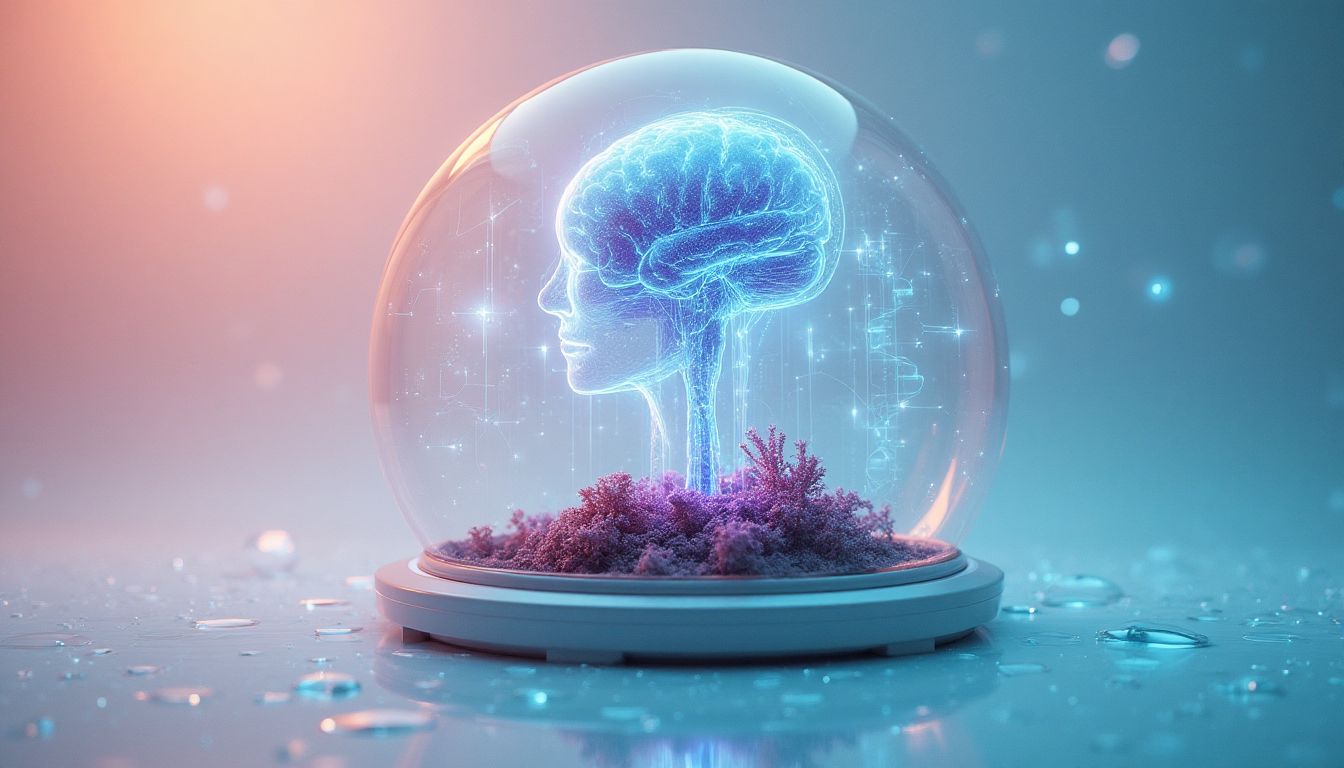
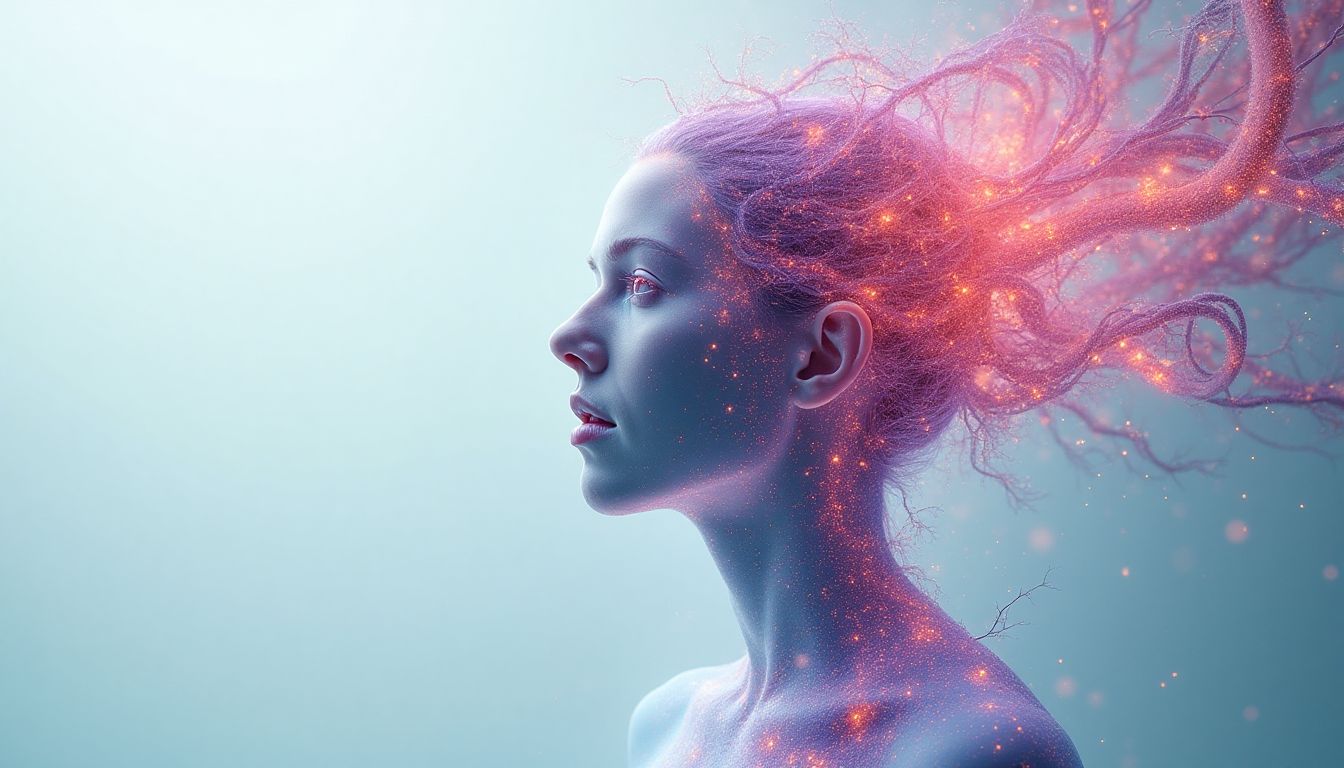
























Post Comment
You must be logged in to post a comment.